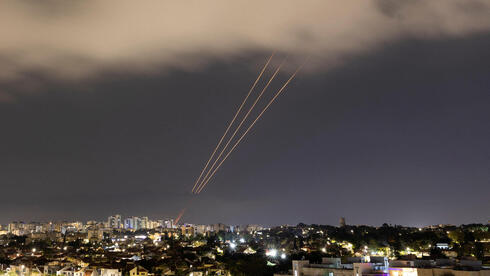View attachment 51363
Sounds like we should talk more to Honeywell, RAMSYS, Thales, BAE, Raytheon, Nammo, Indra. etc to set up local shop or expand it.
Who are exactly who we should be talking to about any missile or munition production. The koreans and Turks and others have entire local missiles, we could probably build, again, some of these are also looking for second production sources out of country.
Modern manufacturing and technologies have really changed things. Labor costs are less of an issue due to ever increasing automation. Where as previously a whole bunch of skilled technical machinists would be required to manufacture everything on it, a lot of components can just be printed on commercial 3D printers in PEEK/PEKK or Ultem. Or be sintered manufacturers on direct to metal printers out of stainless, titanium, tungsten, aluminium etc. 10 years ago, such parts would have required a lot of machining to get them good enough, meaning it wasn't really viable. 20 years ago when many of these projects were established they didn't exist as technologies to use at all.
Now you could buy 100 machines have have them churning out product 24-7-365. One machinist can run 10-50 machines. A line can change via software in one minute to a different product. Productivity has exploded, potentially, if you take advantage of it.
Guidance used to be black magic back in the 1970's. Now its trivial to throw together some OTS civilian gear and make a drone that can reliably hit 1m accuracy over a thousand km for less than $1000. Vision systems are mind blowingly better than they were even in the early 2010's.
Now is the time to launch projects in this space...



